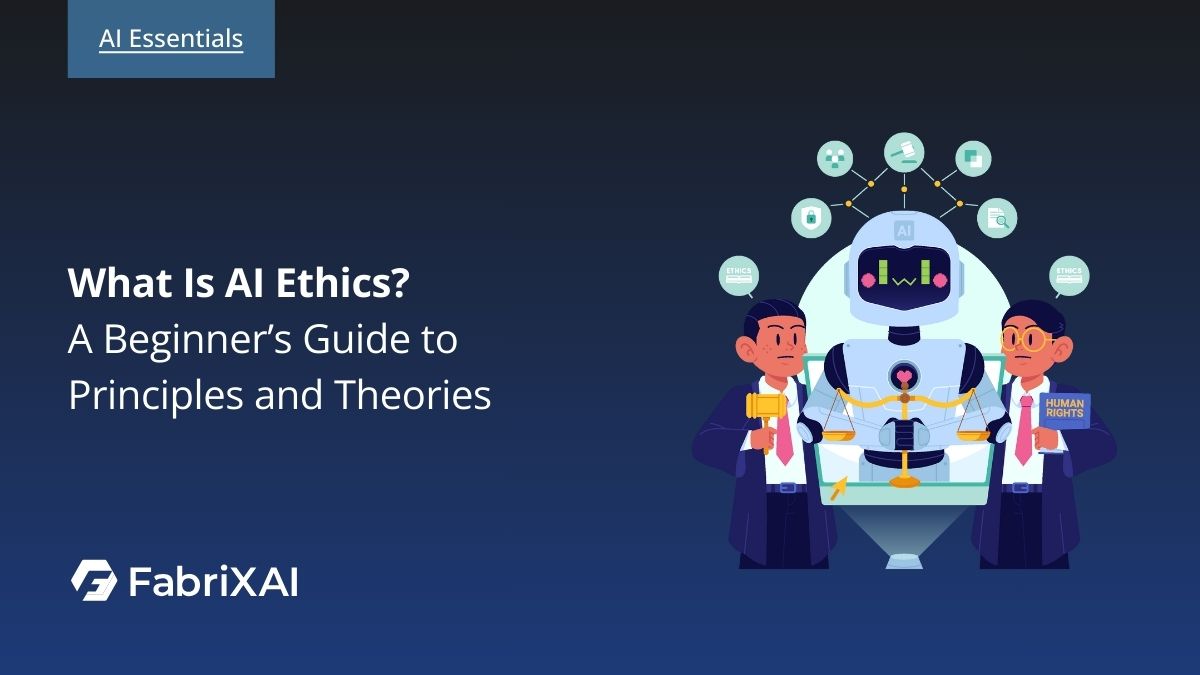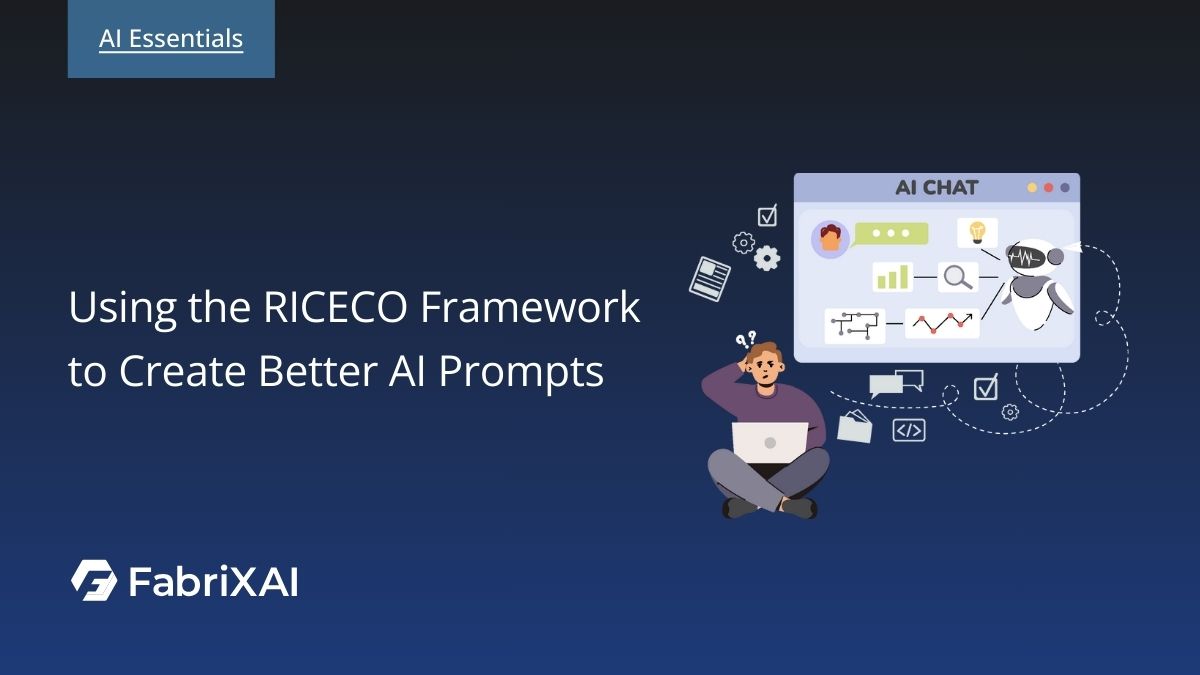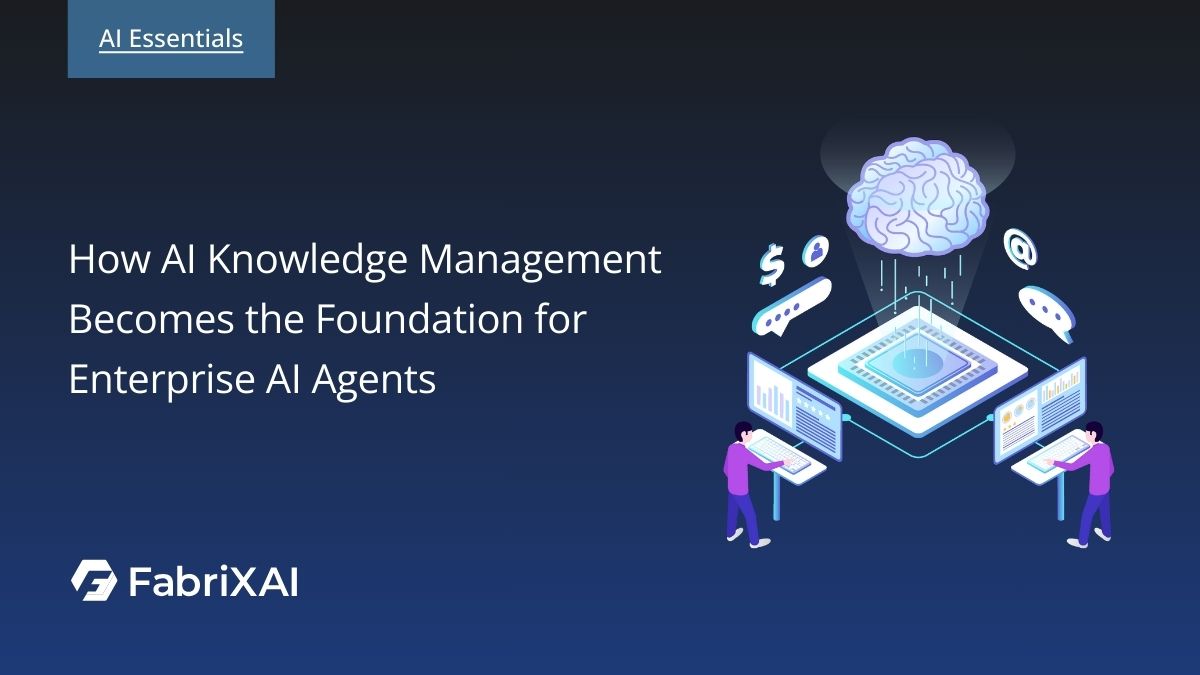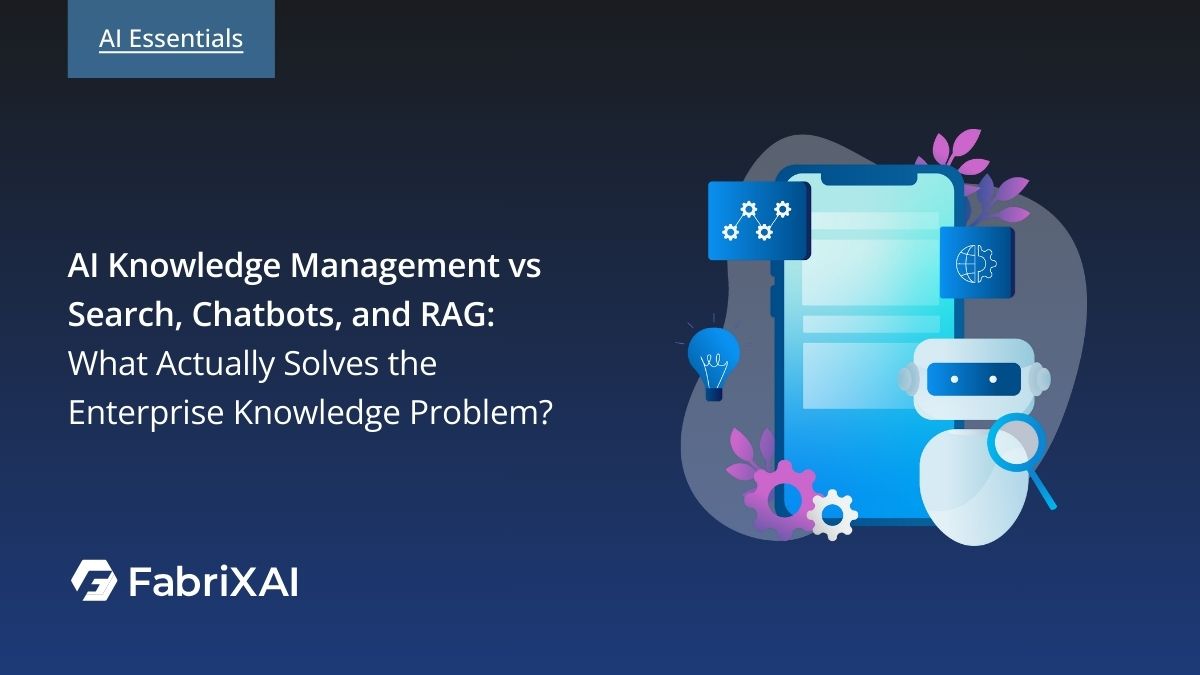What Is AI Ethics? A Beginner’s Guide to Principles and Theories

Artificial Intelligence (AI) is transforming the way people live and work, bringing forward important questions concerning what is right and wrong in the use of technology. AI ethics is the field that explores these questions and provides guidance for designing and using AI in ways that benefit both individuals and society. Today, AI systems are already making decisions in sensitive areas, for instance, recruitment platforms use algorithms to shortlist candidates for job interviews, and self-driving technologies assist in operating vehicles by making real-time driving choices. Because such decisions can significantly impact people’s opportunities, safety, and trust, ethical reasoning is required to ensure they align with societal values. Reflecting this need, numerous organizations have developed AI ethics guidelines—more than 160 worldwide by 2020. This demonstrates broad recognition that ethics must serve as a foundation for AI development, not simply as an afterthought to efficiency or legal compliance.
Ethics, Morals, and Compliance
Before diving into ethical theories, it is important to clarify what we mean by morals, ethics, and compliance. These terms are related but distinct:
- Morals generally refer to personal beliefs regarding what is right and wrong. These are principles that individuals form through influences such as upbringing, culture, or religion. For example, a person may hold the moral belief that honesty is essential or that causing harm to others is wrong. Morals are subjective in nature and can differ from one individual to another.
- Ethics refers to broader social or professional standards for right and wrong behavior. Ethics are often codified into systems of principles or codes of conduct that guide groups, organizations, or societies. In other words, ethics are agreed-upon guidelines rather than solely personal feelings about what is considered acceptable. For example, a professional code of ethics for engineers may require that safety and fairness are ensured in design. In everyday terms, ethics refers to the norms of conduct established within a community or profession, extending beyond the opinion of any single individual.
- Compliance refers to adherence to laws and regulations and involves following the rules formally established by governments or other authorities. It generally represents the minimum standard, or the required level of behavior. For example, compliance with data privacy laws or safety regulations is mandated by law. Compliance focuses on the question of whether all legal requirements are being met.
Ethics vs. Compliance: A key distinction is that ethics often extends beyond legal requirements. An action may satisfy legal and compliance requirements while remaining unethical. For example, an AI system may fully comply with existing laws but nonetheless display bias or treat individuals unfairly, which would constitute an ethical concern. Compliance is essential because organizations must follow the law; however, ethics asks a deeper question: not just whether something is allowed, but whether it is the right thing to do. In AI development, compliance may ensure that an algorithm satisfies data privacy laws, while ethics challenges whether it should be used at all if it risks harming privacy or equality.
In summary, morals are personal principles, ethics are shared principles and frameworks, and compliance involves adherence to external rules. All three are essential in AI governance. A responsible AI team will comply with legal requirements, follow professional and societal ethical standards, and be guided by both personal and organizational moral values.
Core Ethical Theories in AI Decision-Making
Ethics offers frameworks to judge right and wrong, many of which remain relevant for artificial intelligence (AI). This section introduces three key theories—utilitarianism, deontology, and virtue ethics—and shows how they guide AI design and decision-making.
Utilitarianism (Focus on Outcomes)
Utilitarianism judges actions by their consequences, aiming to maximize overall happiness or minimize harm. In AI, this means designing systems to deliver the greatest benefit for the most people. For example, a healthcare AI allocating limited resources might prioritize saving the most lives, while an autonomous vehicle might minimize overall harm in an unavoidable accident, even if it sacrifices its passenger to save more pedestrians.
Its strength is clear: it directs developers to optimize outcomes. Yet, utilitarianism can clash with individual rights. A hiring system focused only on productivity, for instance, might disregard fairness. It also depends on predicting outcomes accurately, which is often complex. Despite these challenges, utilitarian reasoning underlies many AI applications in cost-benefit analysis, risk management, and resource optimization.
Deontology (Focus on Duties and Rights)
Deontology emphasizes duties and principles over outcomes. Some actions are inherently right or wrong, such as respecting privacy or avoiding discrimination. In AI, this means setting clear ethical boundaries. For example, a hiring algorithm must not discriminate, even if bias could improve efficiency, and a facial recognition system should only be used with explicit consent.
In autonomous vehicles, deontological rules could forbid deliberately harming innocents. Governance frameworks such as the EU’s Ethics Guidelines for Trustworthy AI and UNESCO’s Recommendation on AI Ethics reflect this approach, stressing fairness, accountability, and human rights. While deontology safeguards against abuses, it raises the challenge of balancing conflicting duties. Still, it serves as a moral compass that prevents AI from overstepping fundamental principles.
Virtue Ethics (Focus on Character and Values)
Virtue ethics shifts attention from rules or outcomes to character. It asks "what would a good and virtuous person do?" and highlights qualities such as honesty, empathy, and courage. In AI, this applies both to how developers act and to the values built into systems. Developers should be transparent about limitations, compassionate about impacts, and willing to stop harmful deployments. Similarly, AI tools can be designed to model virtues—for example, educational tutors that demonstrate fairness, patience, and empathy.
This approach also asks whether AI encourages positive habits or fosters harmful behaviors in society. For instance, an educational AI should aim not only to boost efficiency but also to promote respect and fairness. While less strict than rule-based methods, virtue ethics stresses intention and moral character, reminding us that AI should help cultivate good values in both its creators and users.
Summary of Ethical Theories and AI Applications
For clarity, the table below summarizes these three ethical frameworks and shows how each might guide AI design and decisions:
Ethical Theories in Practice: AI Examples
The abstract theories above become more concrete when we apply them to real-world AI scenarios. Below are three examples showing how different ethical perspectives can shape the way we view AI systems:
Algorithmic Hiring
Many companies now use AI to screen job applications.
- From a utilitarian view, the goal is efficiency—choosing candidates who will most benefit the organization.
- A deontological view focuses on fairness and equal opportunity, ensuring the system never discriminates by gender, race, or other protected traits.
- Virtue ethics highlights values such as honesty and respect, encouraging transparency and fair treatment of applicants.
- This shows that ethics asks not only whether hiring AI is legal, but whether it is just and aligned with organizational values.
Facial Recognition Technology
Facial recognition is used to unlock phones, track suspects, or locate missing persons.
- Utilitarianism supports it if it improves public safety or convenience overall.
- Deontology warns against violating privacy and consent, arguing that identifying people without permission is wrong, even if useful.
- Virtue ethics questions whether mass surveillance reflects a society built on trust and respect, emphasizing dignity and accountability.
- In practice, debates over facial recognition often involve balancing collective security with civil liberties, showing how each ethical lens frames distinct concerns about deploying this technology responsibly.
Autonomous Vehicles
Self-driving cars face split-second, life-or-death decisions.
- A utilitarian approach would minimize total harm, even if that means sacrificing the passenger to save more pedestrians.
- Deontology insists on strict rules, such as never deliberately harming a person, even if more lives are lost.
- Virtue ethics stresses responsibility and trustworthiness, urging vehicles to act cautiously, transparently, and respectfully.
- This helps build public trust that autonomous cars are guided not only by technology, but also by society’s values.
Across these examples, it is clear that ethical theories provide distinct yet complementary perspectives. Utilitarianism focuses on outcomes, justifying difficult decisions by maximizing overall good. Deontology stresses moral boundaries, ensuring rights and fairness are not violated regardless of consequences. Virtue ethics reminds us to embed values and character traits that foster trust and respect. In practice, ethical AI often blends these approaches. Frameworks such as UNESCO’s Recommendation on the Ethics of AI (2021) and IEEE’s Ethically Aligned Design (2019) reflect this integration: they set principles (deontological), aim to promote human well-being (utilitarian), and encourage accountability and trust (virtue ethics). Together, they prompt us not only to ask whether AI can be built, but whether it should—and how it can be implemented responsibly.
Understanding these perspectives equips individuals—not only philosophers—with tools for thoughtful discussion about AI’s societal impact. Ethics does not eliminate hard choices, but it encourages principled reasoning and compassion.
Reflection
Take a moment to think about your own perspective.
How might these ethical theories shape the way you see or design AI systems in everyday life? For example, when you use an AI tool—like a smart assistant or a recommendation system—do you think about whether it:
- Creates the greatest good (utilitarianism),
- Follows fair rules (deontology), or
- Aligns with your values (virtue ethics)?
There is no single right answer. Each framework highlights different parts of a complex issue. By asking these questions, you can become more aware of the ethical assumptions behind your opinions and decisions about AI. Which approach speaks to you most, and how might it shape the way you interact with or build AI? Reflecting on this will help you engage with AI more thoughtfully in daily life and as you continue learning about AI ethics.
Key Takeaways
AI ethics is essential for guiding technology toward outcomes that align with societal values, going beyond legal compliance to address fairness, rights, and human well-being. Understanding utilitarianism, deontology, and virtue ethics provides complementary perspectives—optimizing benefits, respecting principles, and fostering virtuous character—that can inform responsible AI design and governance. In practice, effective AI ethics blends these approaches to ensure AI systems are lawful, principled, value-driven, and trusted by the communities they serve.
Frequently Asked Questions
Q1. What is AI ethics?
AI ethics is the study of how artificial intelligence should be designed and used to align with human values, fairness, and societal well-being.
Q2. How is ethics different from compliance in AI?
Compliance ensures AI follows legal rules, while ethics goes further—asking whether an action is right or fair, even if it is legally allowed.
Q3. Why is AI ethics important today?
AI makes decisions in areas like hiring and driving, affecting people’s lives. Ethics ensures these decisions are fair, transparent, and socially responsible.
Q4. What are the main ethical theories applied to AI?
Utilitarianism (focus on outcomes), deontology (focus on duties), and virtue ethics (focus on values) guide AI design and decision-making.
Q5. Who should care about AI ethics?
Not just developers—business leaders, policymakers, and everyday users must understand AI ethics to build trust and accountability in technology.



